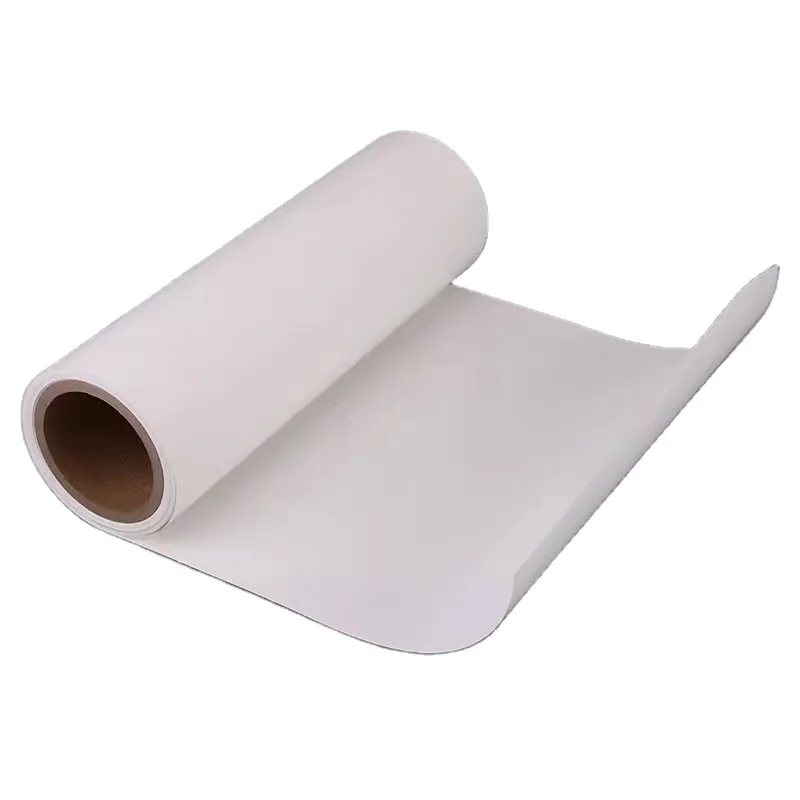Enhancing Medical Device Safety and Efficiency with Medical Release Liner Technology
Medical release liners are essential components in the healthcare and medical device industries, playing a crucial role in ensuring the integrity, hygiene, and usability of various medical products.
What is a Medical Release Liner?
1. Definition and Composition
A medical release liner is a protective layer used to cover and protect adhesives on medical products until they are ready for use. It typically consists of a base material (such as paper or film) coated with a release agent like silicone.
2. Functionality
It prevents premature adhesion, ensures cleanliness, and facilitates easy handling during application. The liner must peel away cleanly without leaving residue or damaging the adhesive.
3. Materials Used
Common substrates include polyethylene (PE), polyethylene terephthalate (PET), and super-calendered kraft (SCK) paper. The choice of material depends on the required durability, flexibility, and moisture resistance.
Applications of Medical Release Liners
1. Wound Care Products
Used in bandages, hydrocolloid dressings, and silicone gel sheets to maintain sterility and ease of use.
2. Electrodes and Diagnostic Sensors
Help in preserving the adhesive and conductive layers in ECG and TENS electrodes.
3. Surgical and Medical Tapes
Ensures safe storage and handling before application, particularly in sterile environments.
4. Transdermal Drug Delivery Systems (TDDS)
Maintains the integrity of drug patches by protecting the adhesive layer and ensuring proper dosing.
5. Ostomy and Incontinence Products
Medical release liner facilitates hygienic handling and reliable sealing in patient care items.
Benefits of Using a Medical Release Liner
1. Improved Product Shelf Life
Prevents contamination and degradation of adhesives, prolonging the product's usability.
2. Enhanced Patient Safety
Reduces risk of infection and ensures the sterility of medical products before use.
3. Ease of Application
Allows for a clean and simple peel, which is critical in emergency or surgical settings.
4. Consistent Performance
Ensures that adhesive properties are preserved from manufacturing to final application.
5. Customization Options
Medical release liners can be tailored for thickness, color, pattern, and release force to suit specific medical applications.
Considerations When Selecting a Medical Release Liner
1. Compatibility with Adhesives
The release liner must work effectively with the specific adhesives used in medical devices, whether acrylic, silicone, or hydrogel.
2. Regulatory Compliance
Must meet medical-grade standards and certifications, including ISO 10993 for biocompatibility.
3. Peel Strength and Release Force
Should be optimized to balance secure protection and ease of removal.
4. Moisture and Chemical Resistance
Important for products used in high-humidity or chemically sensitive environments.
5. Printability and Branding
Liners can include branding or usage instructions, improving user experience and product differentiation.
Trends in Medical Release Liner Development
1. Eco-Friendly Materials
Increasing demand for sustainable, recyclable, or biodegradable liners in the medical industry.
2. Advanced Coating Technologies
Innovations in silicone and fluorosilicone coatings for precise release characteristics.
3. Miniaturization and Wearable Tech
Growth in wearable health devices is fueling demand for ultra-thin, high-performance medical release liners.
4. Increased Customization
Manufacturers are offering more customization to meet the evolving needs of OEMs and healthcare providers.
5. Global Expansion and Supply Chain Optimization
The medical release liner industry is expanding with a focus on efficient, scalable production and supply chain solutions.






























